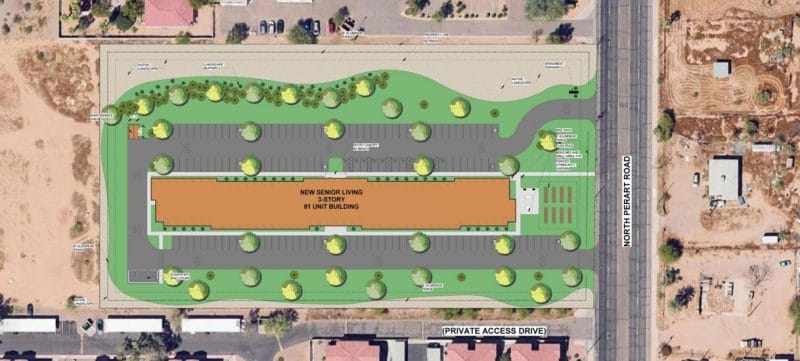The Monday Morning Quarterback : A quick analysis of important economic data released over the past week
This week’s U.S. update is limited by the partial federal government shutdown. There are two approaches to providing some feedback on this issue. The first, the economist’s perspective is more quantitative. A lot has been made of the estimated 800,000 federal workers being furloughed and how this will impact economic growth. However, each week equals 40 out of 2,080 annual work hours. This is not even close to being the same as a lost job and Congress has also voted to pay these employees which further limits the economic impact. Similar points can be made of government contracts, etc. Some may be permanent losses of productivity while some simply represent a delay in activity. Estimates of total lost economic activity vary considerably. One has GDP growth in the 4th quarter being cut in half with a three-week shutdown. Others are more incremental such as the loss of 0.2% points for each week of shutdown. All have flaws. The bottom line is that if the shutdown lasts a week or maybe a bit longer it won’t be that detrimental to our economic recovery. On the other hand, if the shutdown is long lasting and Congress and the President play politics with the debt ceiling as well, some changes may be in order for the various economic forecasts. It all comes down to duration and if they play the same games with funding our debt payment obligations.
Now for the more qualitative review of Washington D.C. It is sad that it would have been more shocking to the public if our political leaders had resolved this issue quickly and efficiently. Realistically, there have been many budget ceiling shutdowns in the past and most have been short in duration and had little effect. Yet, incompetence has become the new norm. In the long term, we must achieve balance between revenues and expenditures. Funding the gap with debt cannot be considered a longterm solution. But, this cannot be solved in a year or less either. Both sides seem to be making very poor strategic decisions.
U.S. Snapshot
While the Federal data is limited, there is still enough national and local information to get a feel for things.
Initial claims for U.S. unemployment insurance is important because it is a leading indicator of the unemployment rate. Initial claims have been declining as of late. This is good news because it suggests better unemployment news will soon be announced.
State personal income grew 1.0% on average in the second quarter after falling 1.3% in the first quarter mainly due to special factors such as the end of the payroll tax holiday and the acceleration of bonuses in the 4th quarter of 2012 in anticipation of the changes in individual tax rates. Personal income growth was highest in Florida and Arizona.
According to the ISM manufacturing index, manufacturing expanded in September for the fourth consecutive month and the overall economy grew for the 52nd consecutive month. Of the 18 manufacturing industries, 11 reported growth. The non-manufacturing sector also reported growth.
DATA NOT AVAILABLE DUE TO GOVERNMENT SHUT DOWN
U.S. Employment
Motor Vehicle Sales
Construction Spending
Factory Orders
Arizona Snapshot
Greater Phoenix residential listings are at their highest level in a year but, are still below normal. Prices, on the other hand, seem to have stabilized in the short term, at a level that is about 25% above a year ago.
Foreclosure activity continues to abate. New residential notices declined from 2,556 in September of 2012 to 997 this September. The total number of REO properties is 46.7% below a year ago.
This Week’s Chart








